Usually, platforms have a single-user interface for their services. The popular social media platforms that we know today have their own specific layout functionality. On a platform like Hive, however, it is different as there are many interfaces available for its users to navigate with. This poses a great advantage to platforms with conventional single-user interfaces.
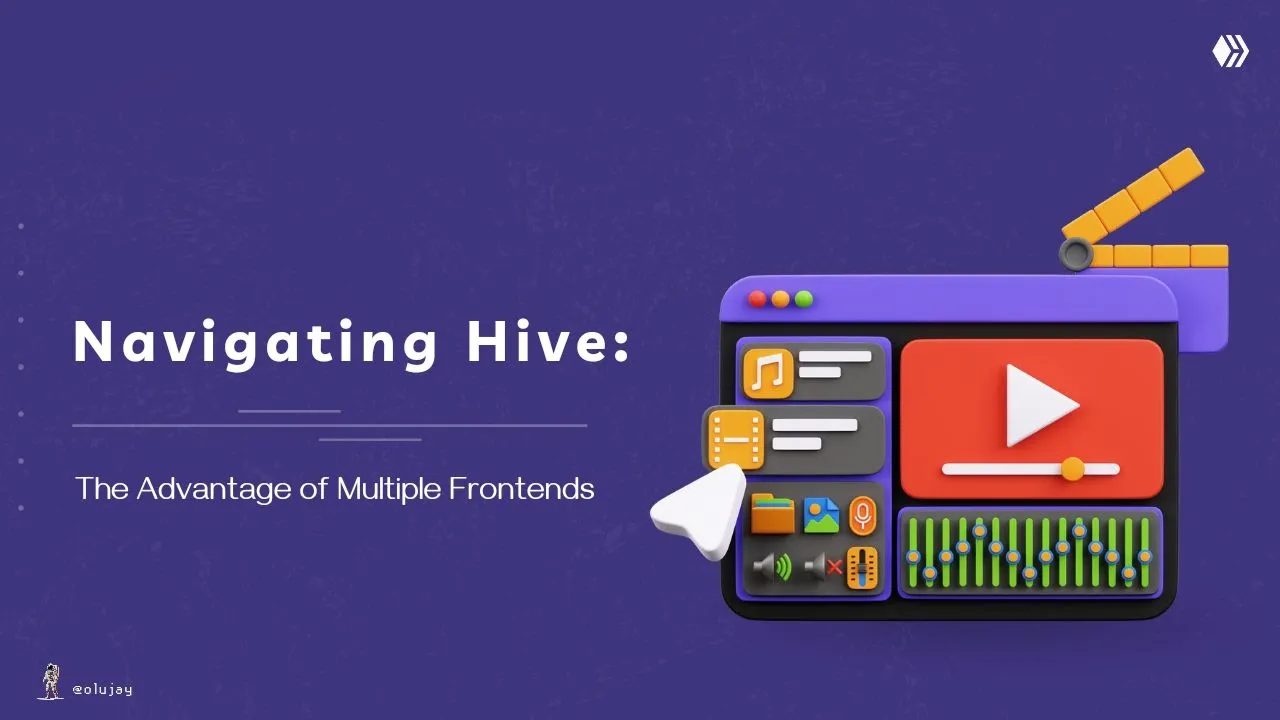
These user interfaces are commonly referred to as frontends, and they allow users to interact with the data and transactions on Hive. Since Hive is a decentralised platform, there have been different frontends that users can choose from based on their preferences.
Decentralisation, as opposed to centralised networks, simply means that you have the data stored and processed by anonymous nodes in a network, thereby taking away that central control. Facilitated by blockchain technology, it makes it more secure and transparent.
Based on different purposes and needs, the various frontends that exist for Hive serve different purposes. Since there are various kinds of content and transactions that can exist, and Hive facilitates a large majority of them, there are frontends for articles, videos, audio, blockchain games, microblogging, and even fitness. And with their various functionalities, they meet the specific needs of users and endear them to indulge in their services. This demonstrates the expanse that the Hive ecosystem covers.
Advantages of Multiple Frontends on Hive
Specialized Functionality:
Each of the frontends on Hive is designed with specific features and provides unique experiences to its users. Some people may prefer the looks and layout of one friend to another. For example, some would rather use the PeakD front, some others would rather stick with Ecency, and another set of people would use the Hive.blog front end.
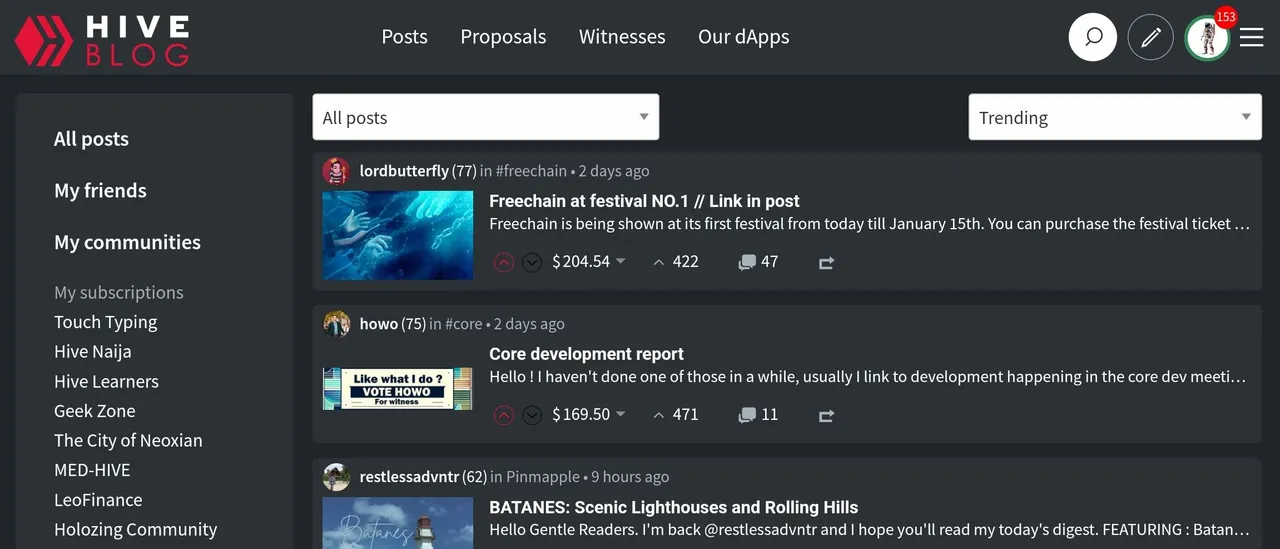
Some of the frontends may be community-centric, where users can interact more with community-specific concepts like tokens. A few examples are InLeo, Neoxian City, and CineTV.
Microblogging is very similar to what many are used to on X, and InLeo is a frontend that provides such services on its frontend. It facilitates long-form content as well, but its short-form environment is yet another advantage with multiple frontends.
User Engagement:
Some frontends provide a more intuitive experience for some users than others. Some would prefer one over the other based on various factors such as the display of assets, the effectiveness of the notification panel, community page display, the content presentation from the chain, and the like.
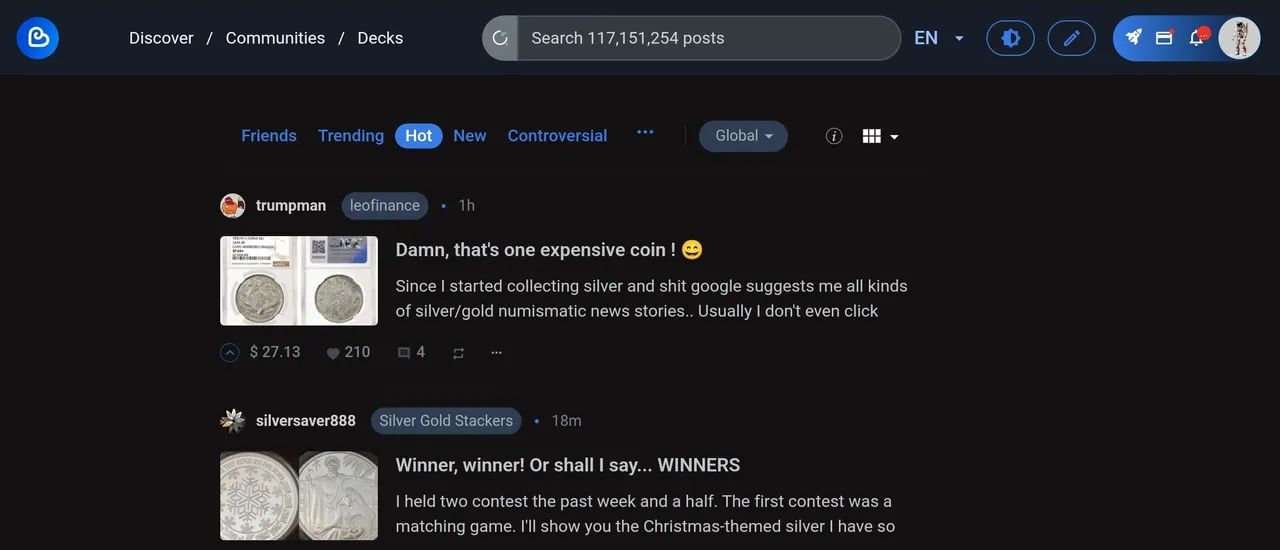
Users can choose between frontends of their choice but would rather stick to the one they are most comfortable with.
Content Creation:
Most of these front ends have in-built text editors that serve as spaces for creators to write their content and organise it before publishing. The frontends provide different experiences on this level.
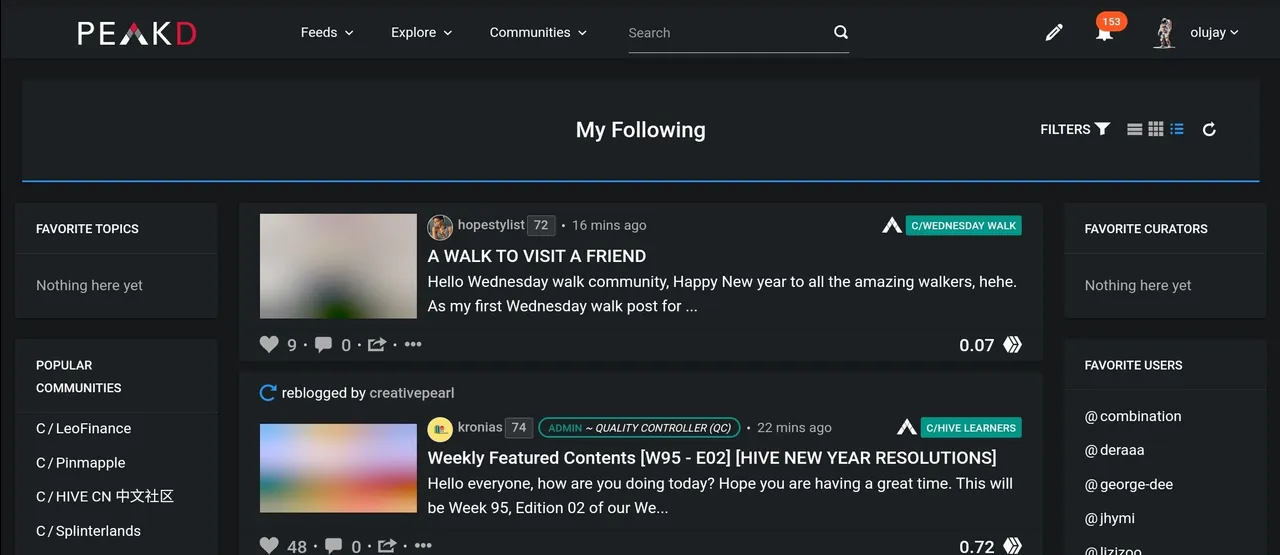
For example, PeakD has a feature that allows users to share drafts among themselves and that enables collaboration between people on articles to be published. Another example is the level of convenience people experience when using them; they can simply choose the one that's most convenient for them.
Resilience to Changes
In the event of changes or updates to a specific frontend, users have the flexibility to switch to an alternative front end seamlessly and still get a good experience doing their thing around Hive.
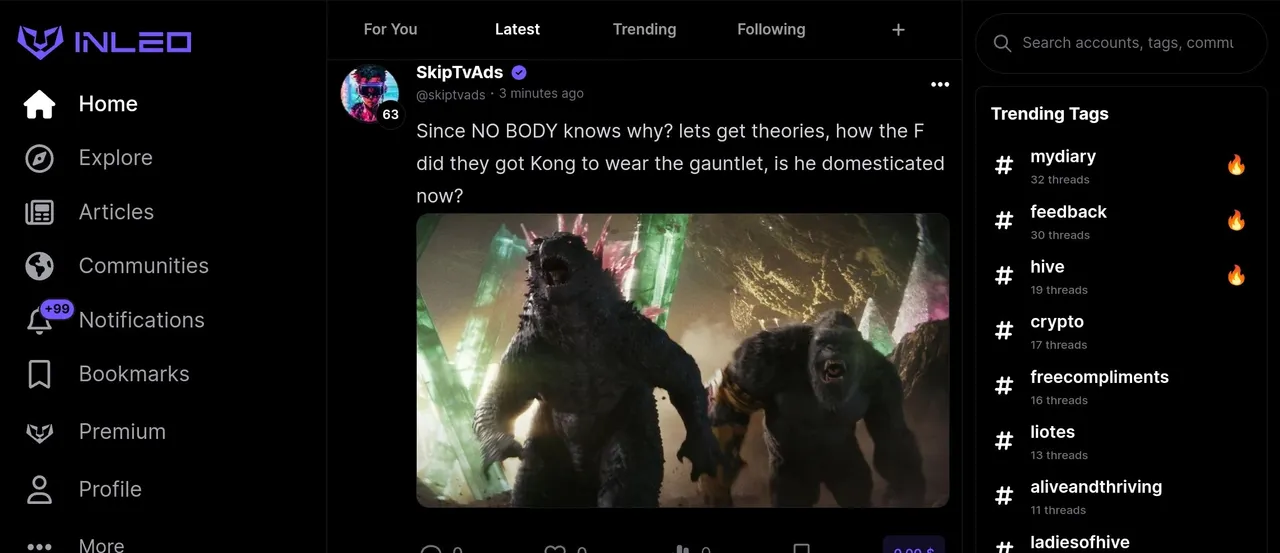
That flexibility has always been priceless. There have been times when I would find a particular platform unavailable to use, and then I would just switch to something different in the meantime. Although such times are not frequent, they happen anyway.
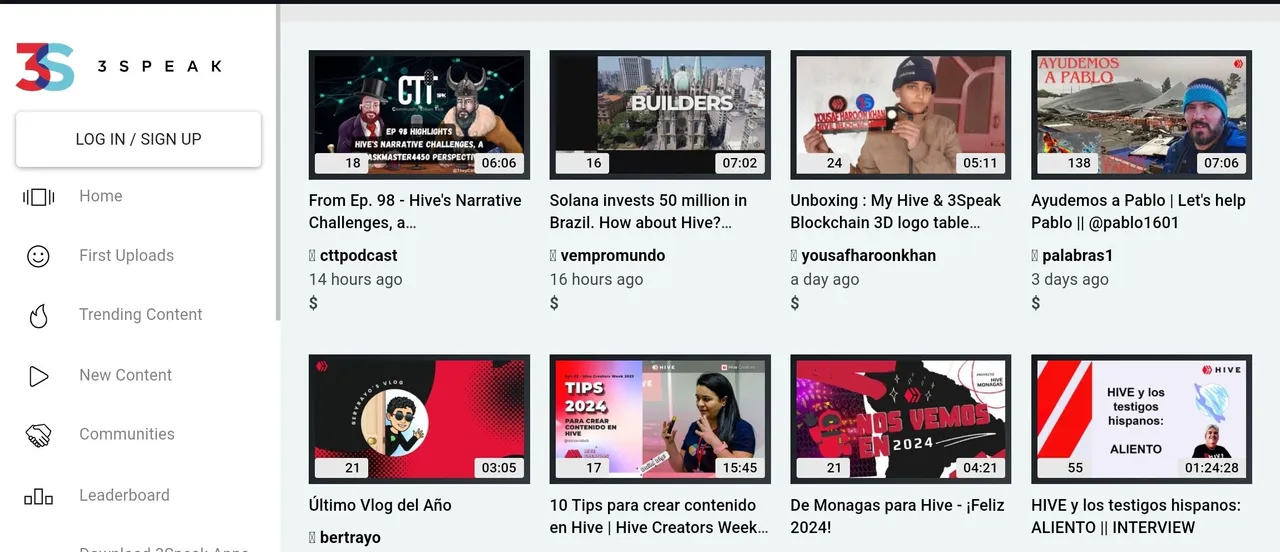
Regardless of the frontend they may find themselves using, the data is basically the same. In essence, content, assets, and transactions are all the same but read and displayed differently on these frontends.
Opposed to the conventional singular user interface on most platforms, the frontends on Hive offer a great advantage on top of the vast prospects of Hive.
A Few Frontends on Hive:
Images are screenshots. Thumbnail made with Canva.